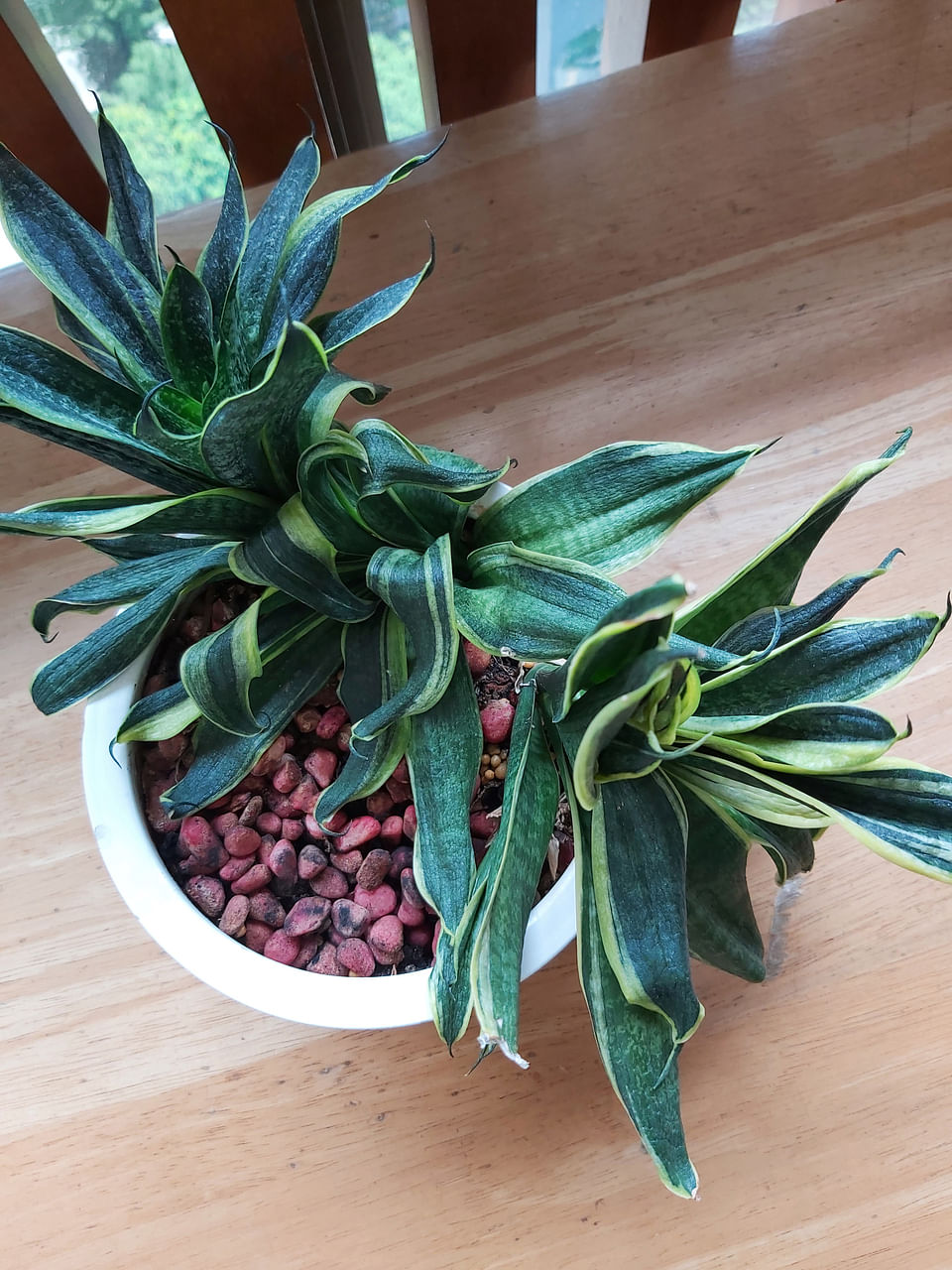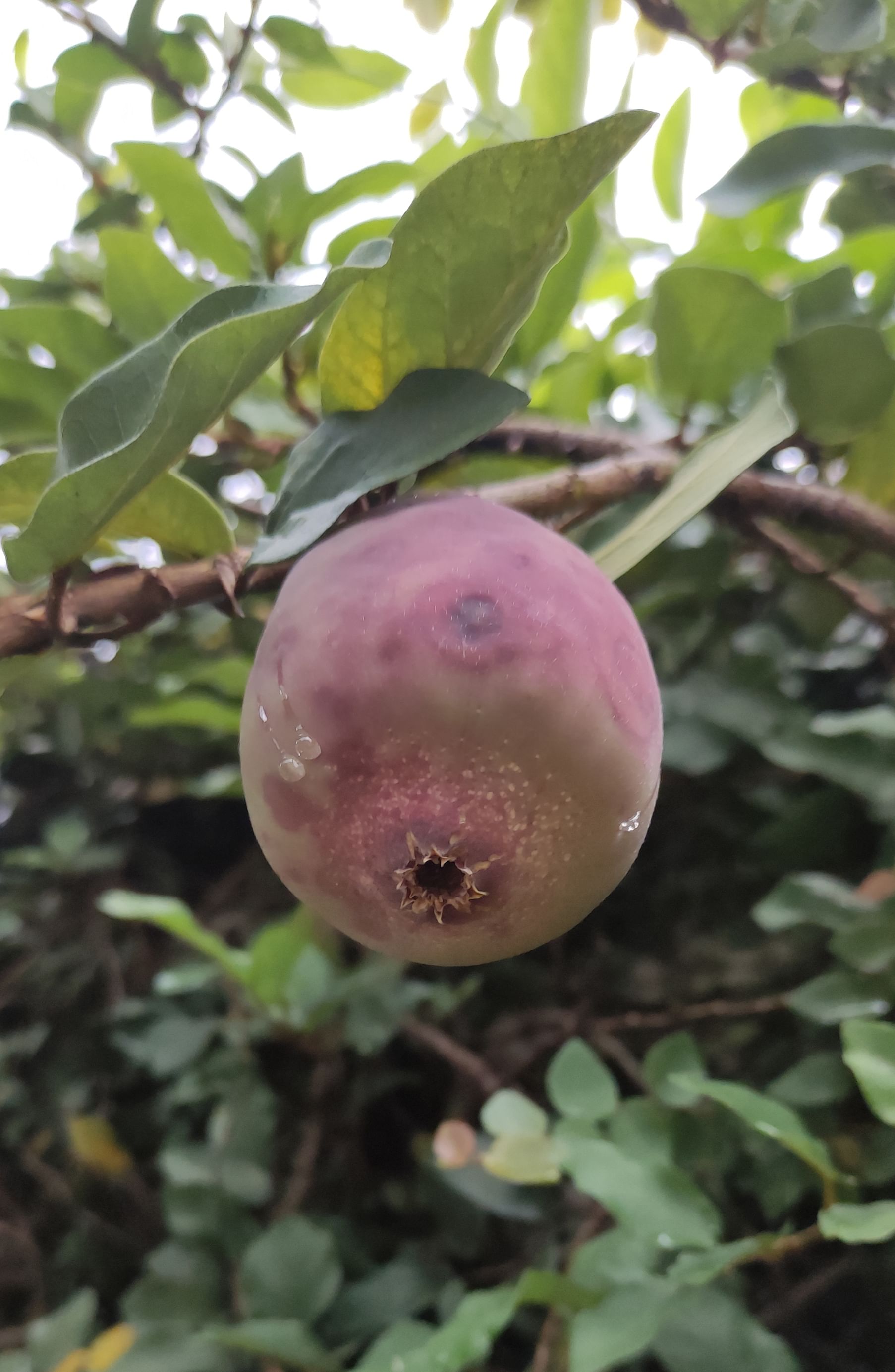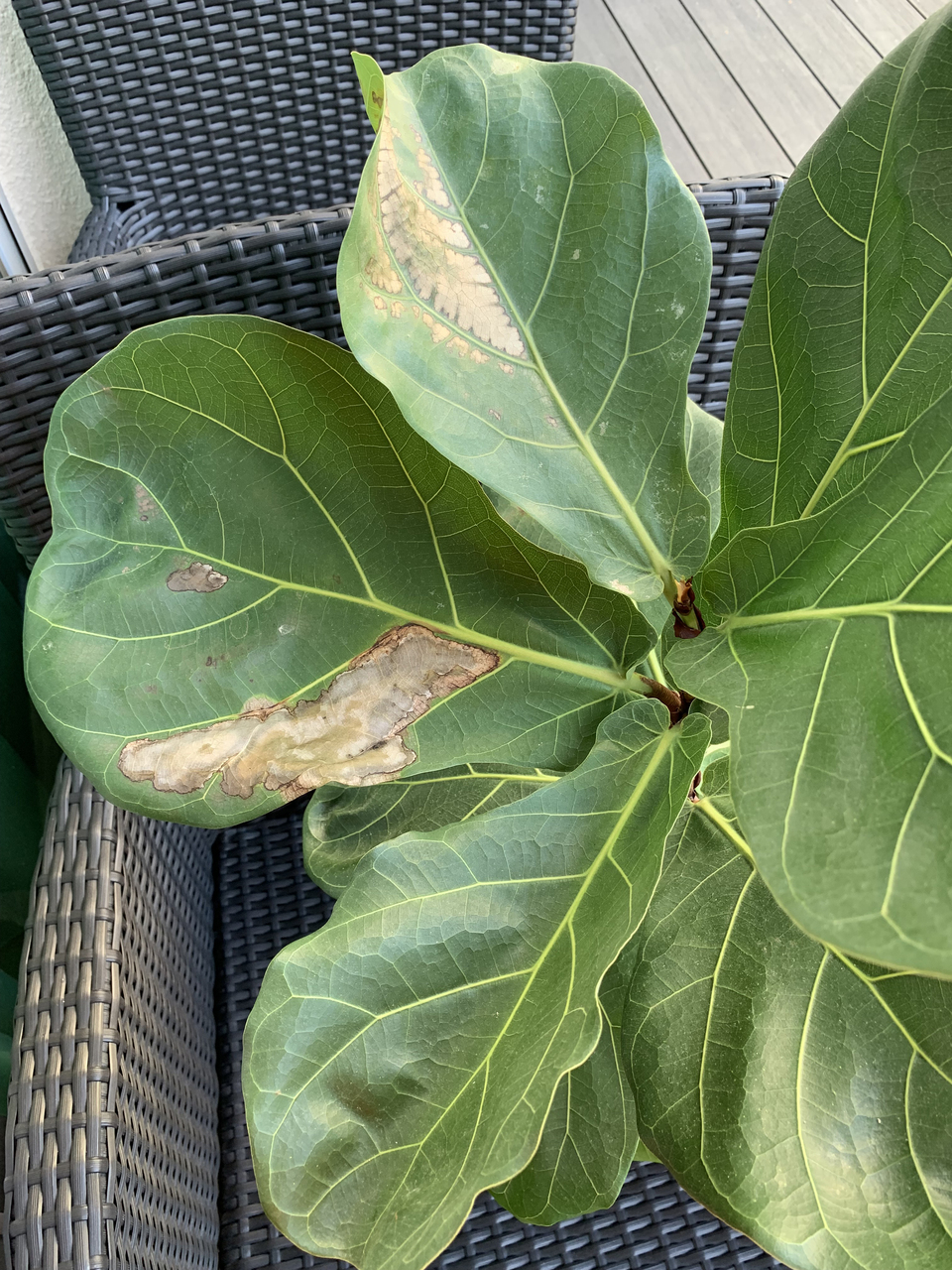Crown of Thorns needs direct sunlight to thrive
This plant had flowers when I brought it inside from the outdoors, but the flowers dropped and it has not flowered for the last two months. Why is this happening?
Serene Chan
The Crown of Thorns (Euphorbia milii) is a sun-loving plant. It needs at least six hours of direct sunlight daily in order to grow well and produce flowers. A lack of light will prevent it from flowering and lead to the production of elongated, soft new growth. It is best for you to move the plant back outdoors.
Bird's Nest Snake Plant needs more water

My plant has soft leaves, though I water it once a week. What should I do?
Elaine Tang
Your plant is commonly known as the Bird's Nest Snake Plant (Sansevieria 'Hahnii'). Its leaves appear to be folded, wrinkled and soft, which are signs that it may lack water. Although it is a drought-tolerant plant, do not let it dry out excessively for long periods.
The soil should be watered thoroughly each time and left to dry out slightly before watering again. This is especially true if you are growing the plant in a sunny spot with well-drained soil, as the soil will dry out faster. Adjust your watering frequency based on your plant's conditions and environment.
Climbing Fig is edible

Is this fig edible?
David TW Tan
The plant is the Climbing Fig (Ficus pumila), a species that was once used widely to cover concrete walls and pillars in Singapore.
The "fruit" of the fig is actually a specialised structure called a syconium, which contains numerous flowers inside the structure. Tiny wasps enter through a hole at one end of the fruit to pollinate the flowers.
The Climbing Fig's fruit can be used in cooking. The numerous tiny fruits inside the structure obtained from ripened dried syconia are scraped off and soaked in water, producing a jelly used in a dessert locally called "wen tou xue". The Taiwanese cultivar (var. awkeotsang) yields the jelly called "ai yu", which is used in bubble tea.
Ficus' brown patches could be a sign of sunburn

My ficus is six months old and has not grown any new leaves since I bought it from a nursery. I put it near a window with no direct sunlight and bring it out to the sun for two to three hours on Sunday mornings. It recently developed brown patches. What should I do?
Vivienne Lew
The Fiddleleaf Fig (Ficus lyrata) thrives in direct sunlight, and a lack of light can cause it to stop growing and shed leaves. This often happens to plants placed in deep shade indoors.
Do check that your plant is not pot-bound - that is, a situation where the roots have totally filled the flower pot. A lack of root space, water and nutrients can lead to the same issue.
As for the brown patches, your plant's leaves may have been sunburnt. Prolonged periods in shade indoors can cause leaves to burn if the plant is suddenly exposed to intense direct sunlight. Burnt portions will not recover.
What can be done in the future is to first expose the plant to filtered sunlight, which is less intense. Longer periods of exposure to such filtered light may be required to ensure your plant receives enough light. Monitor how the plant responds and adjust the sunlight exposure accordingly.
Rattlesnake Plant may be lacking light, planted too deeply or over-potted

I purchased this plant at a nursery and replanted it in a new pot with soil from the nursery. It is in the shade most of the time. It now seems to be fading and the leaves are turning brown. What is wrong with the plant and how do I care for it?
CH Leong (Anthony)
The plant you have is known as the Rattlesnake Plant (Goeppertia insignis). Although it is a shade-tolerant plant, it may be declining due to a lack of sunlight.
Your plant seems to have been placed at the base of the corridor parapet, which is an area with deep shade. It grows best if it is exposed to filtered sunlight for about four to six hours daily. Direct sunlight will burn the plant.
Check whether your plant has been planted too deeply. The growing point and the base of the leaves should not be buried in the soil. Excessive moisture around the crown of the plant can bring about rot and disease. You should remove excess soil and expose the crown to match the level of the plant's original root ball.
Finally, the pot appears to be too big for your plant. Over-potting in such a large volume of growing media with too much moisture, combined with a lack of light, can also lead to disease. Given your plant's size, it can make do with soil volume which is about half that of the current pot.
- Answers by Dr Wilson Wong, an NParks-certified practising horticulturist, parks manager and ISA-certified arborist. He is the founder of Green Culture Singapore and an adjunct assistant professor (Food Science & Technology) at the National University of Singapore.
- Have a gardening query? E-mail it with clear, high-resolution pictures of at least 1MB, if any, and your full name to stlife@sph.com.sg. We reserve the right to edit and reject questions.
Free gardening talks
Join two free online talks on gardening hosted by Jurong Lake Gardens. Growing Grapes And Blackberries In Singapore is on Aug 28 from 2 to 2.45pm. Register at this website. Jurong Lake Gardens is also hosting its monthly Gardening Q&A on the same day from 3 to 3.45pm. Register here.

